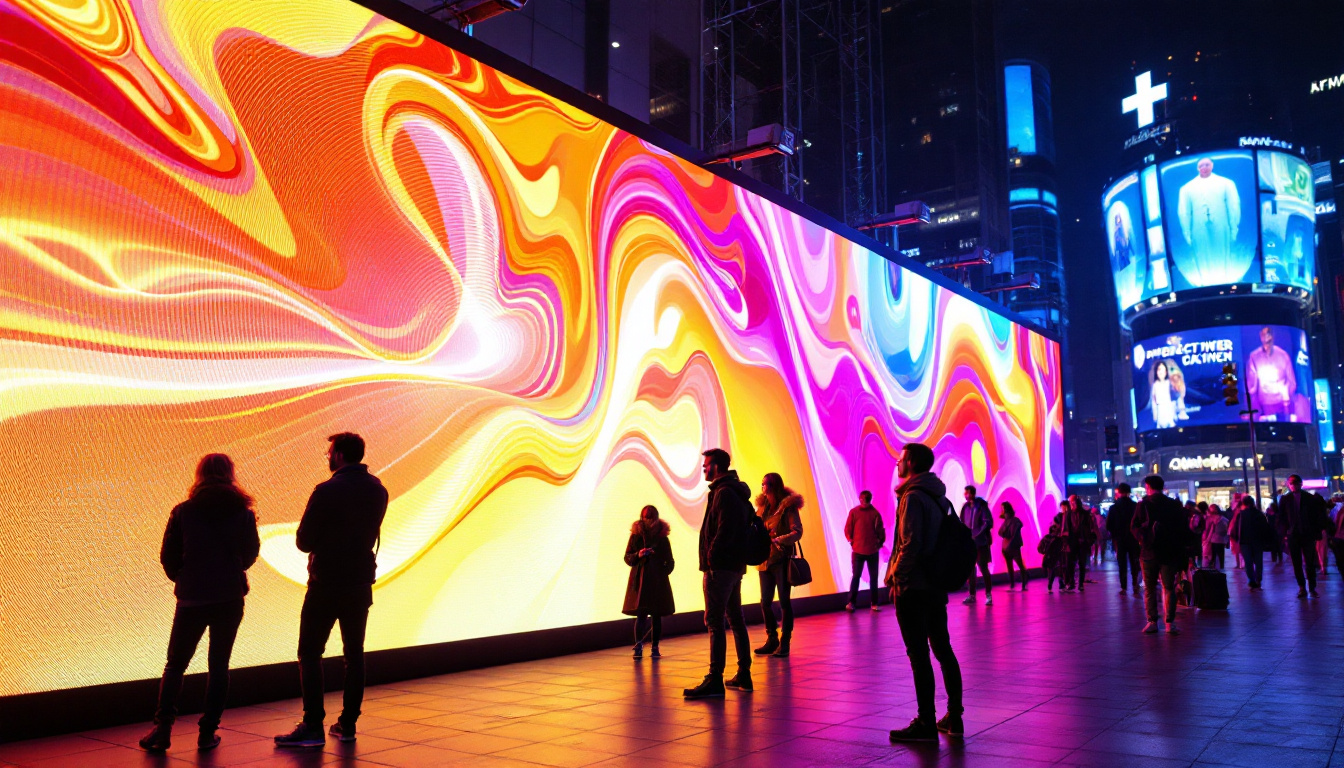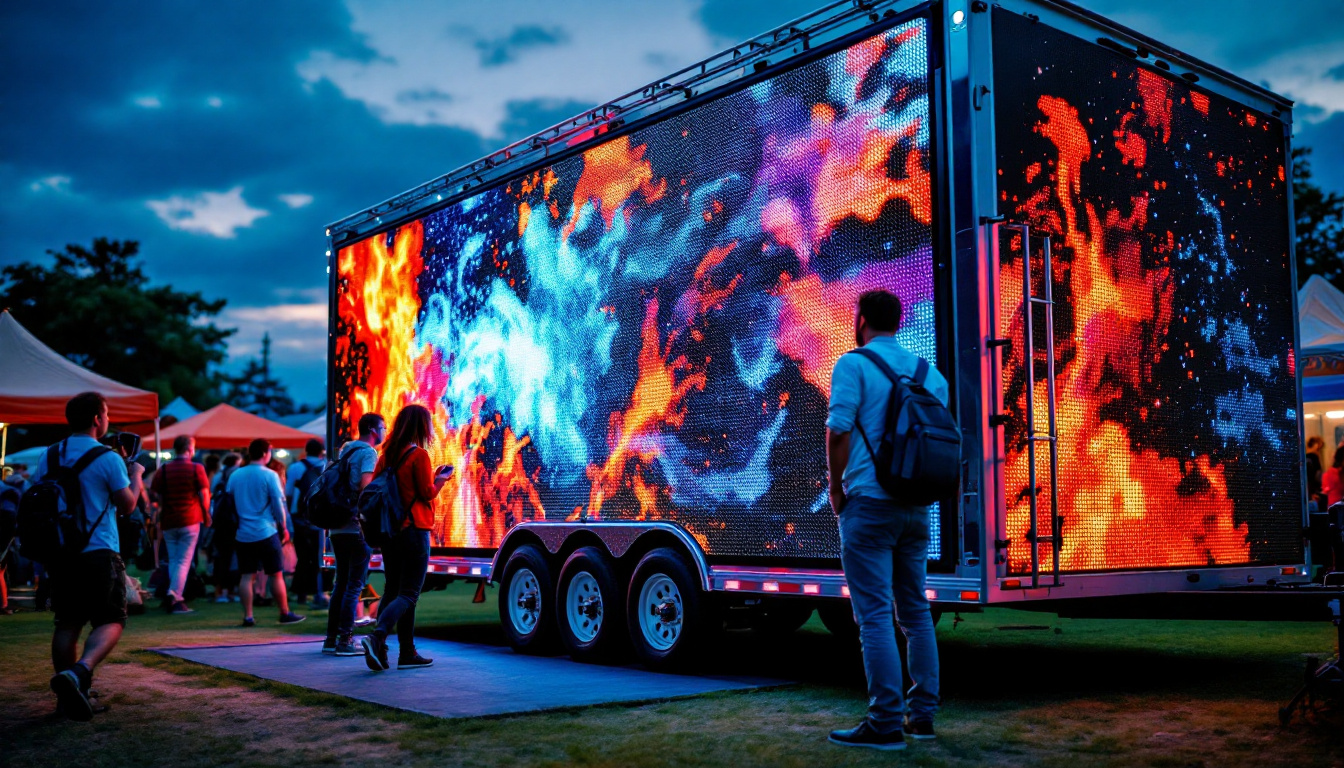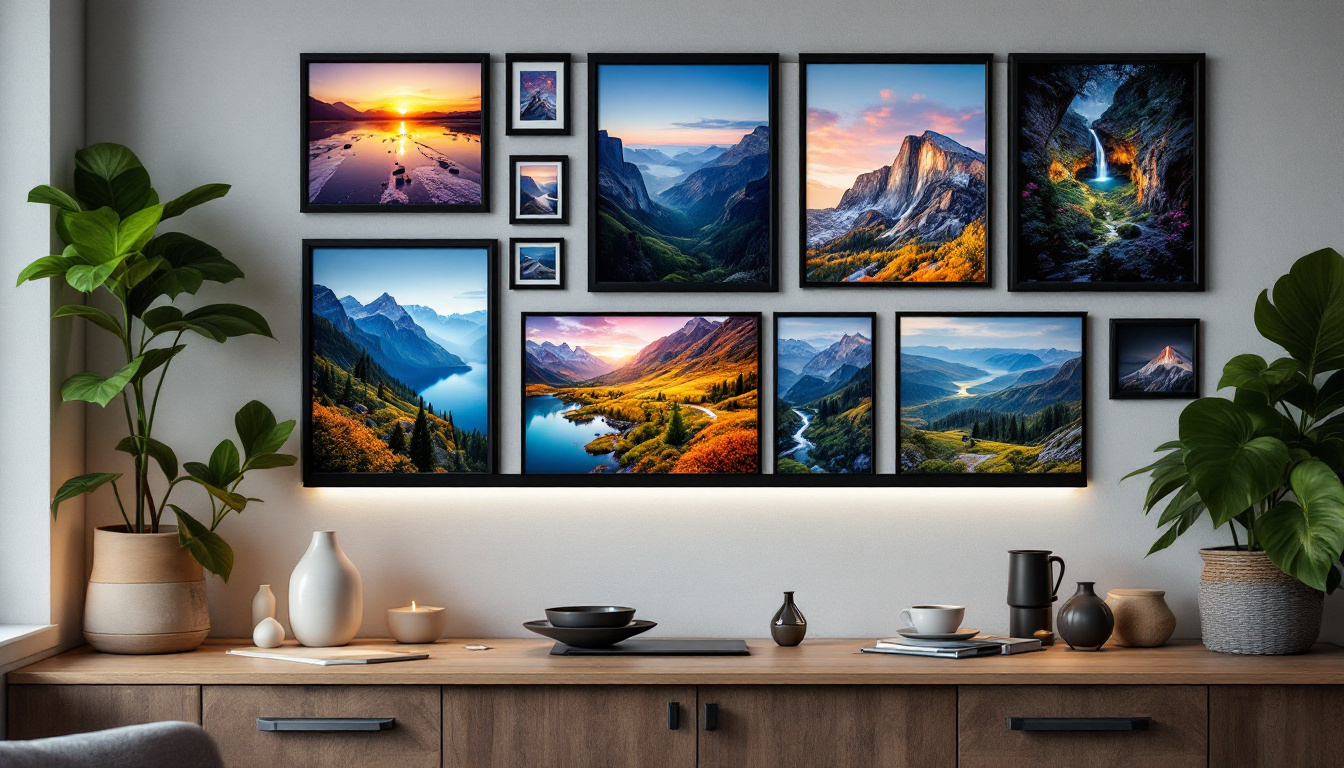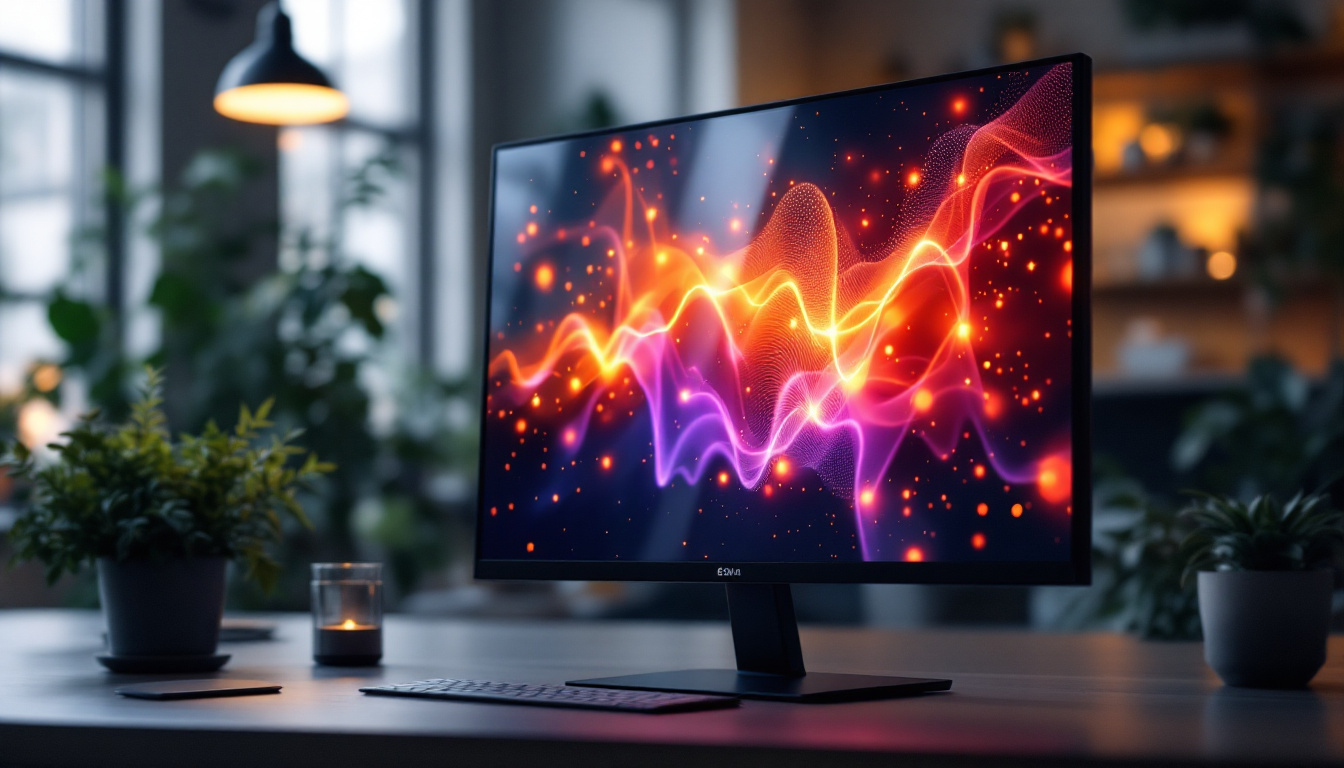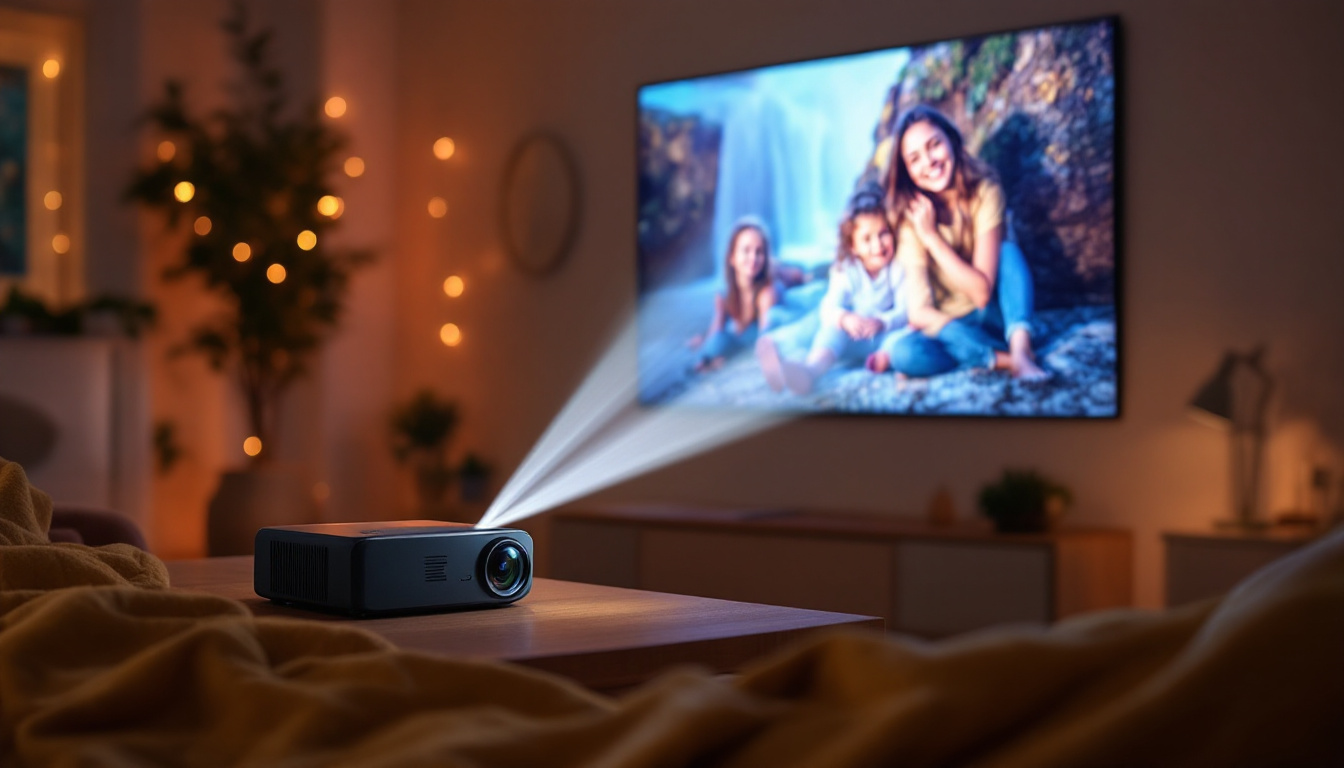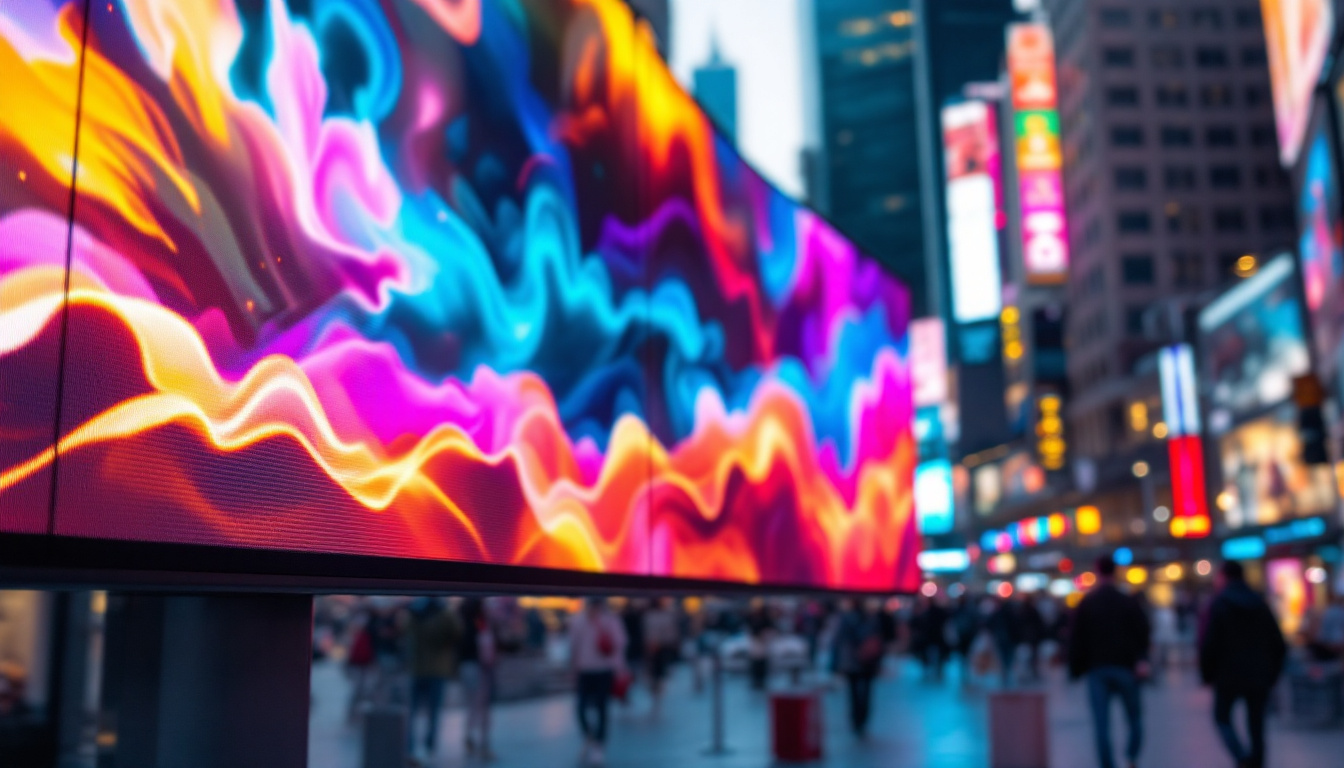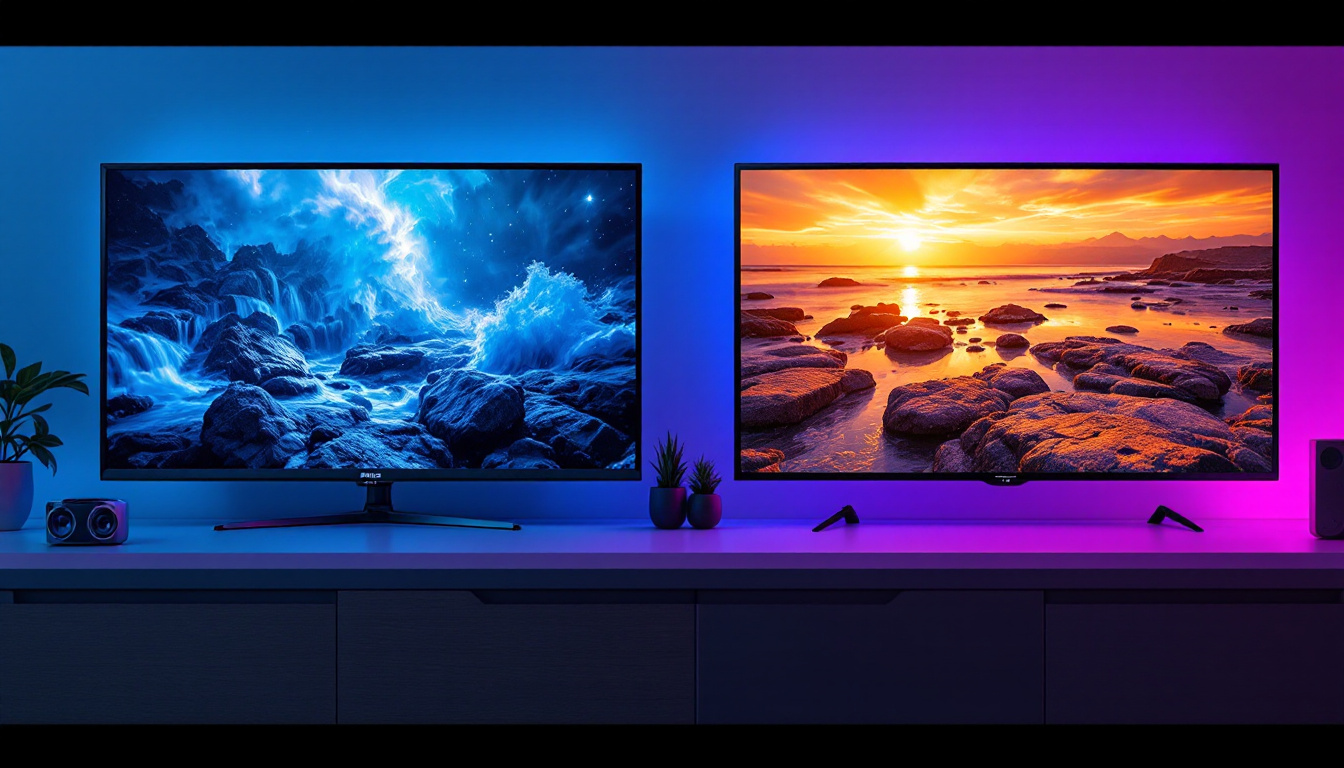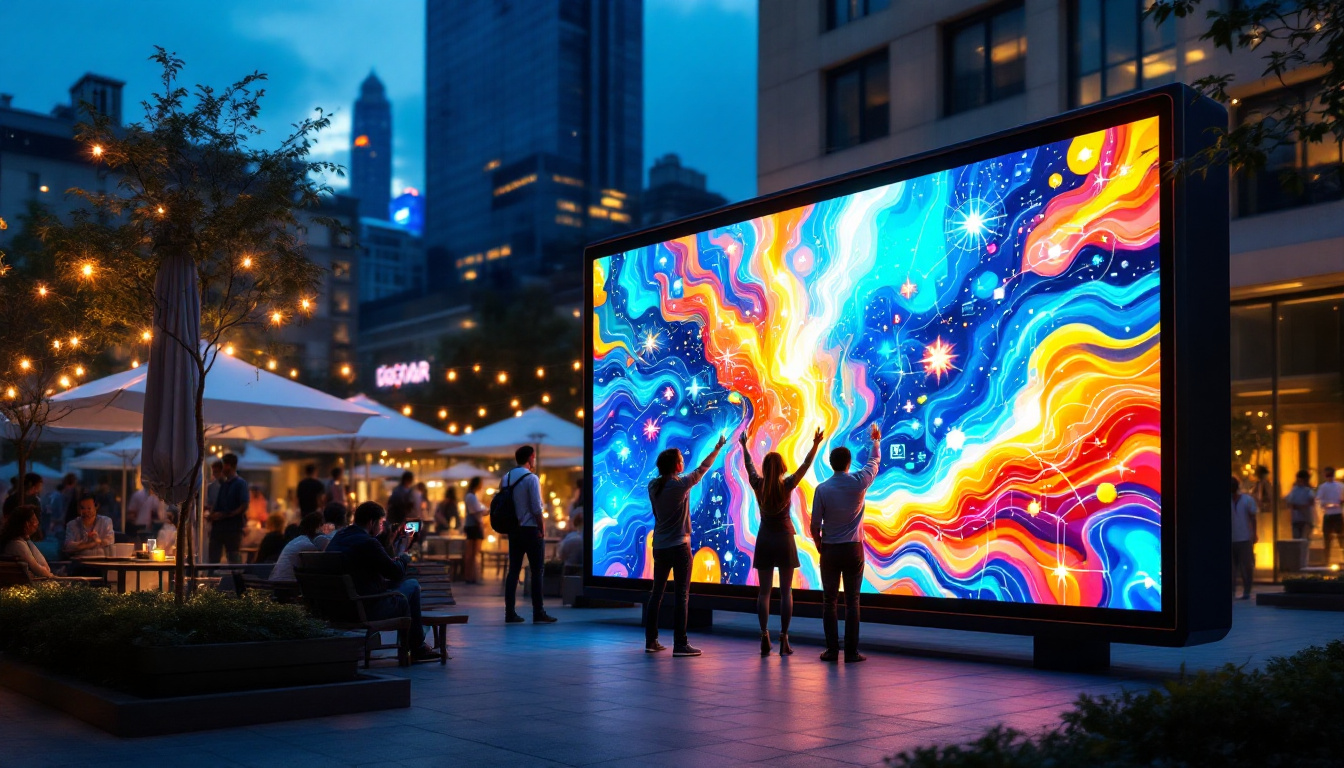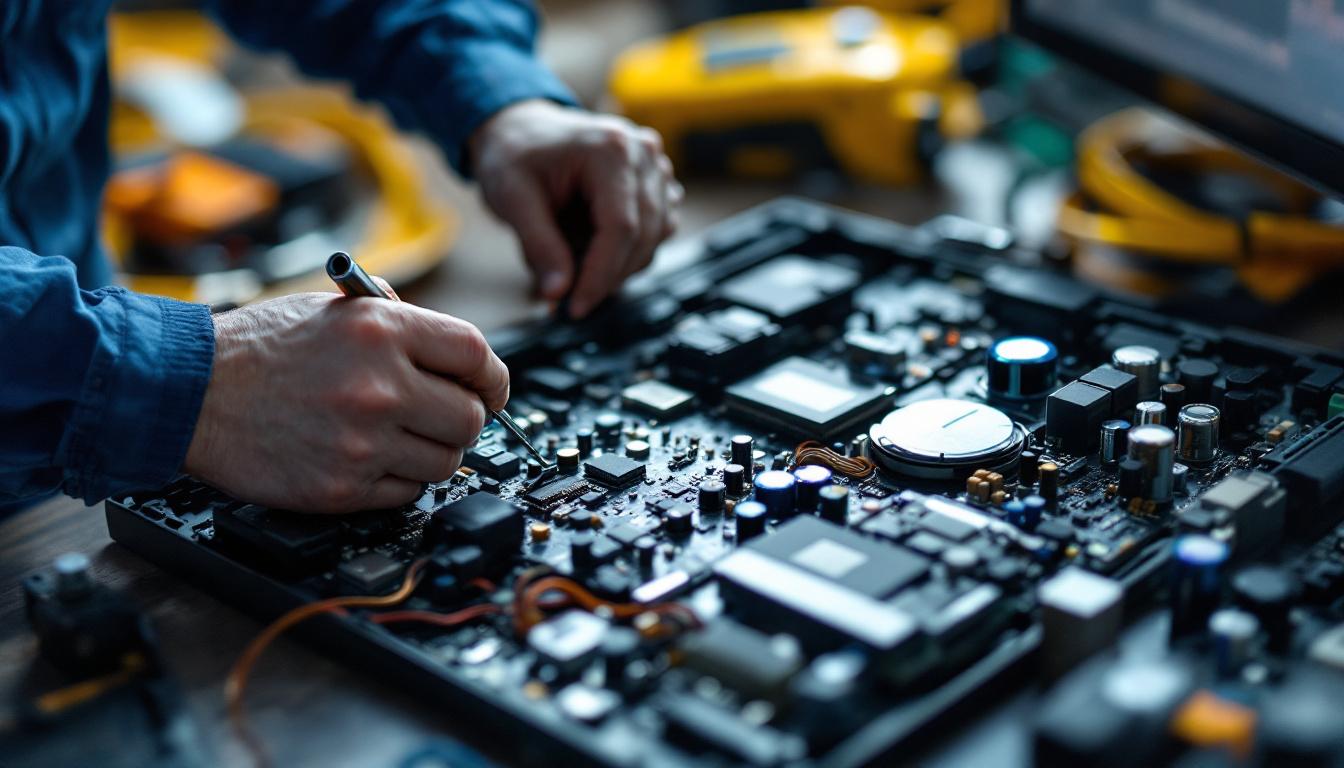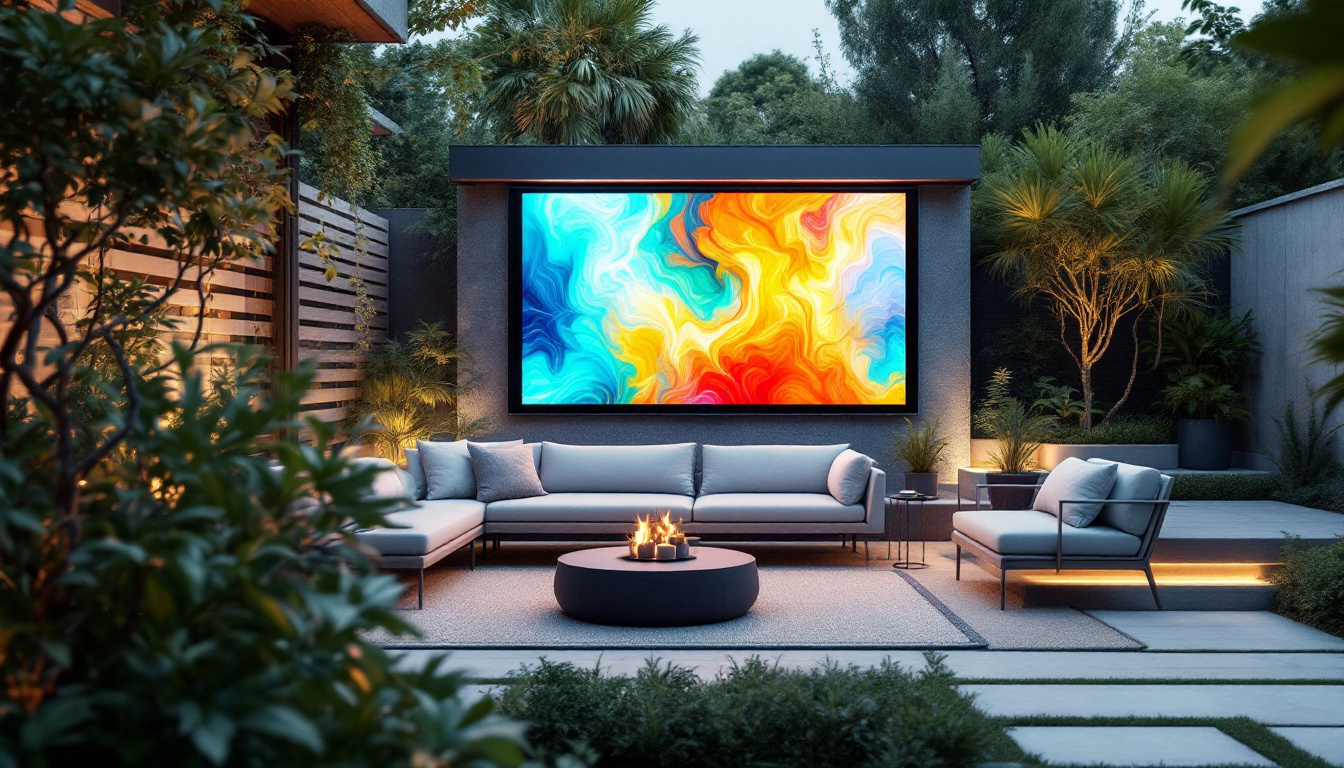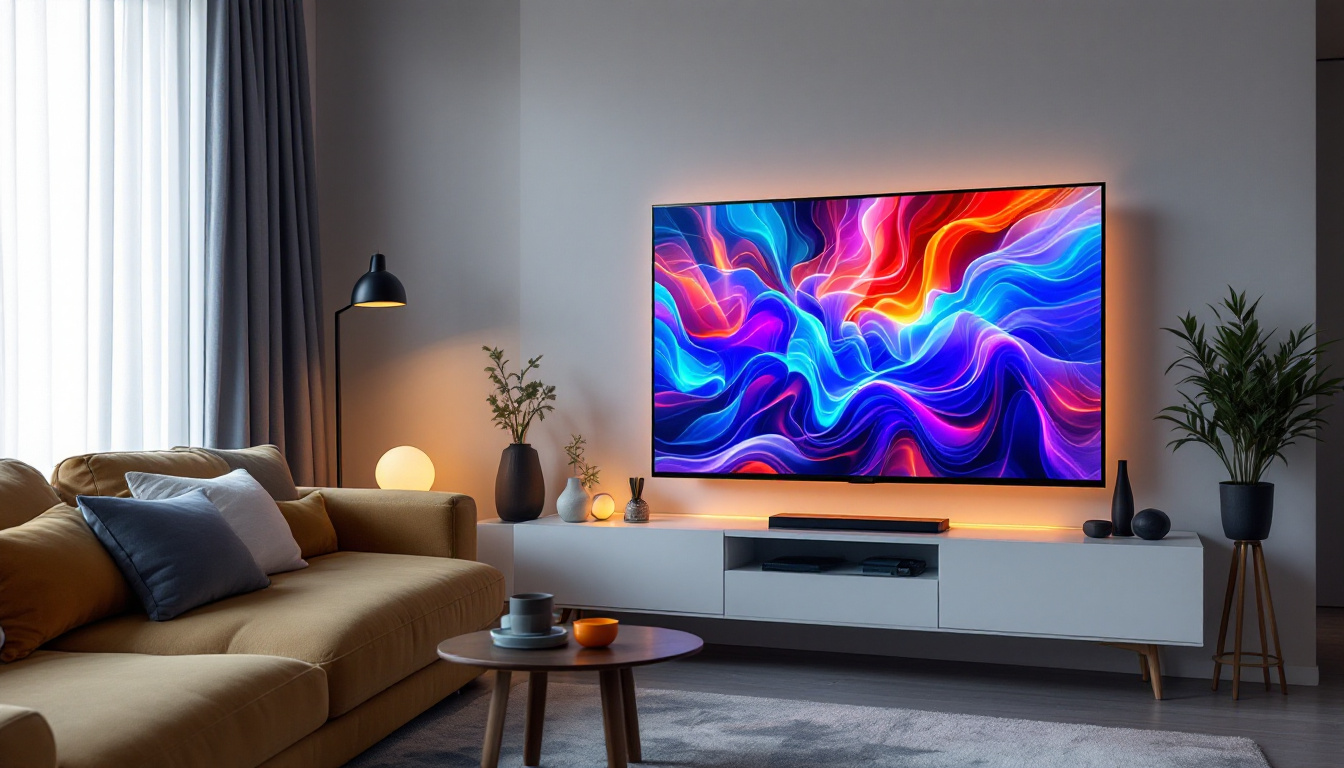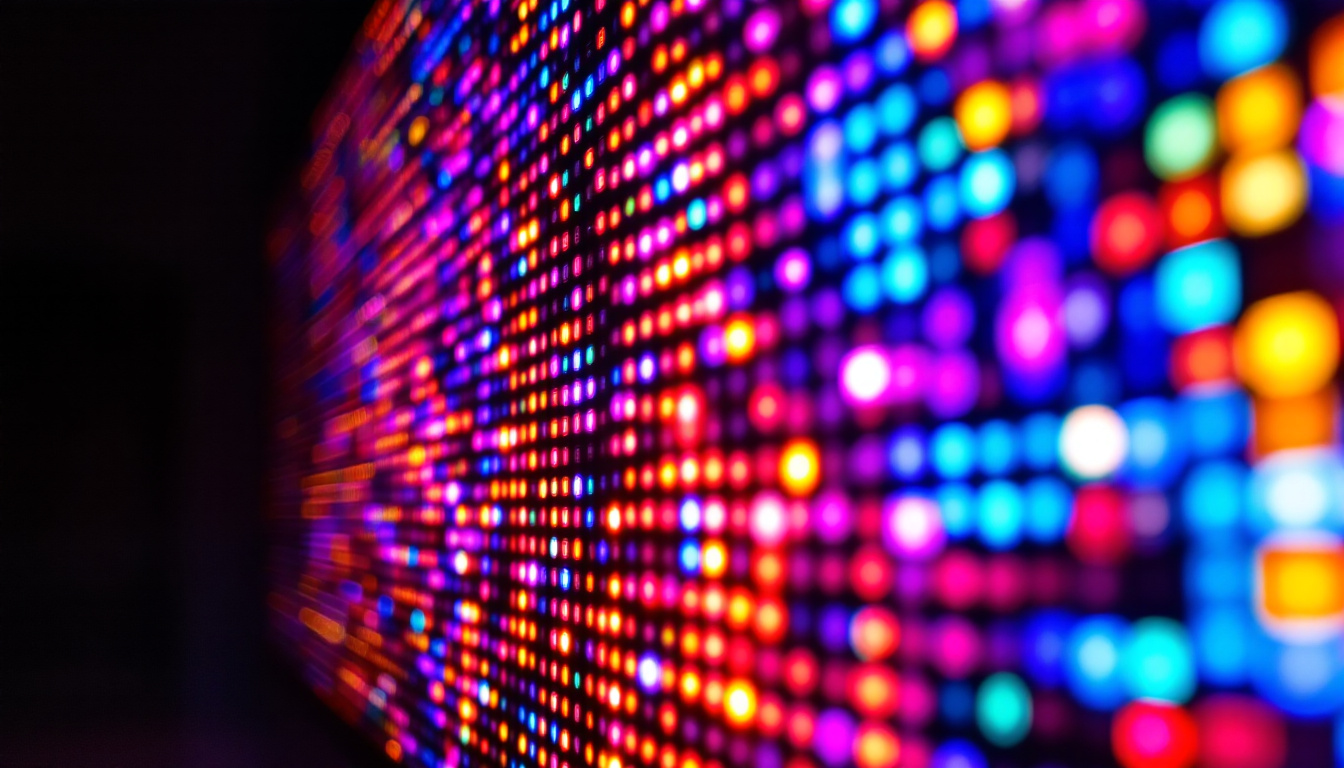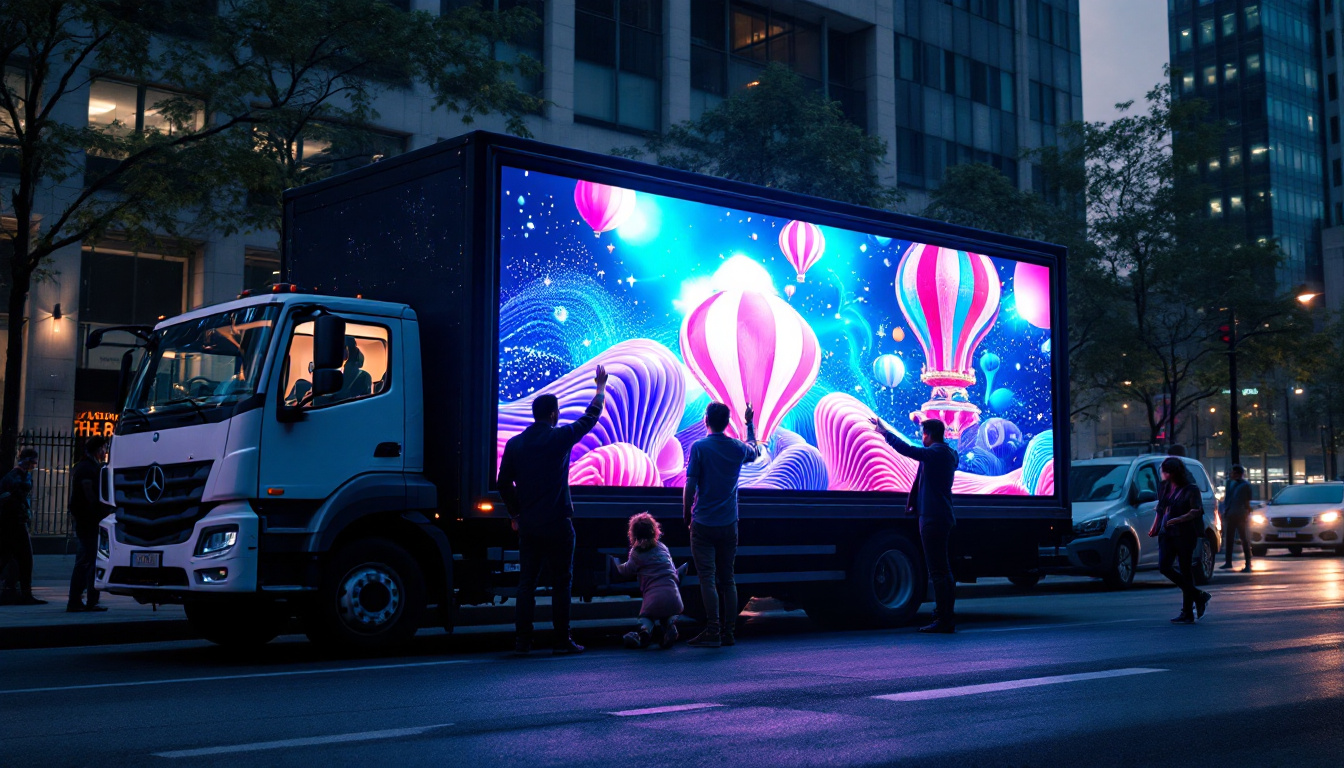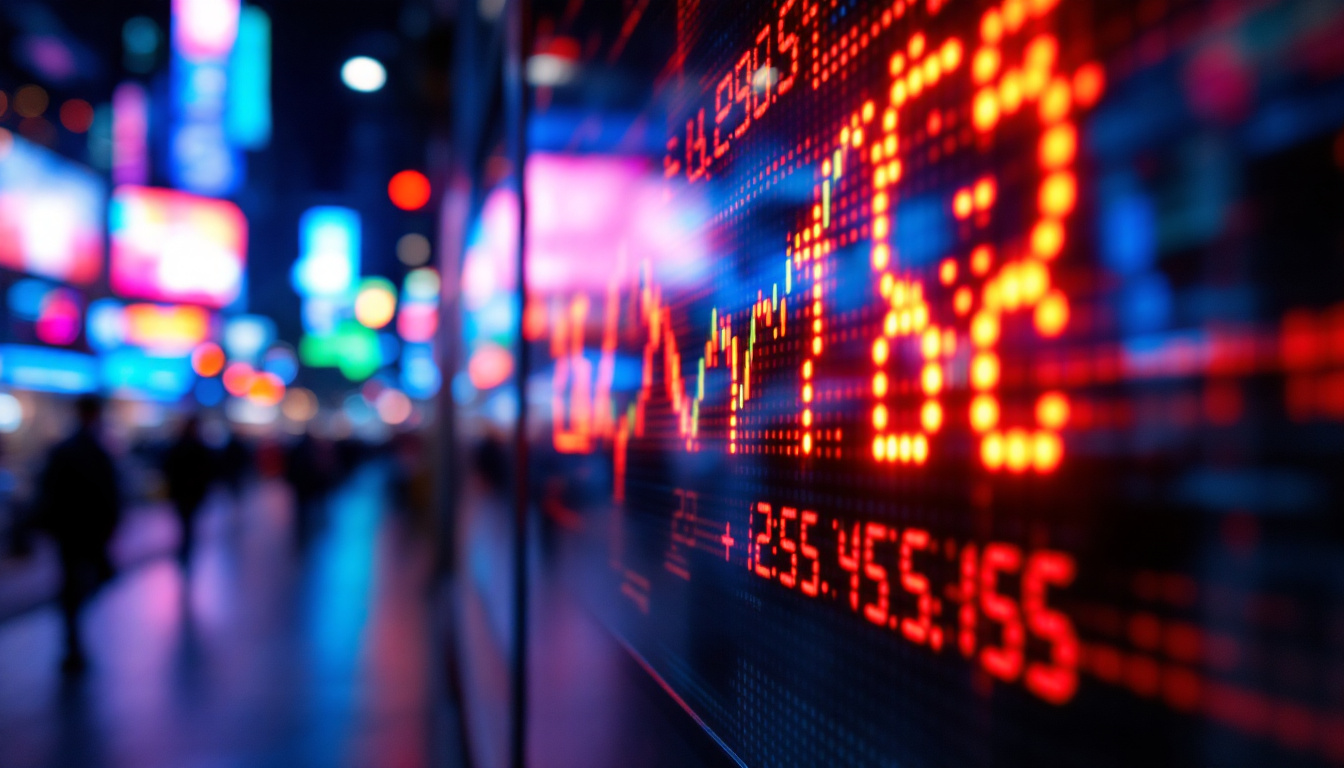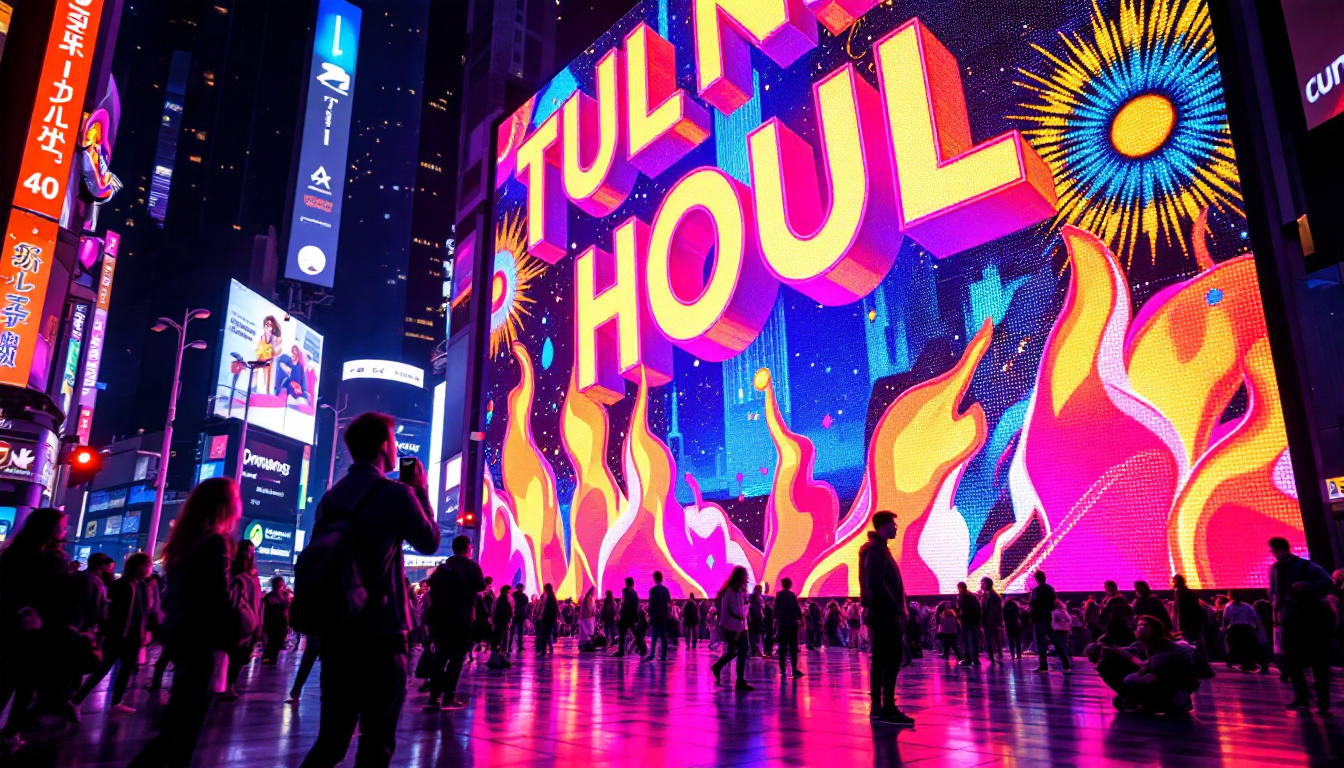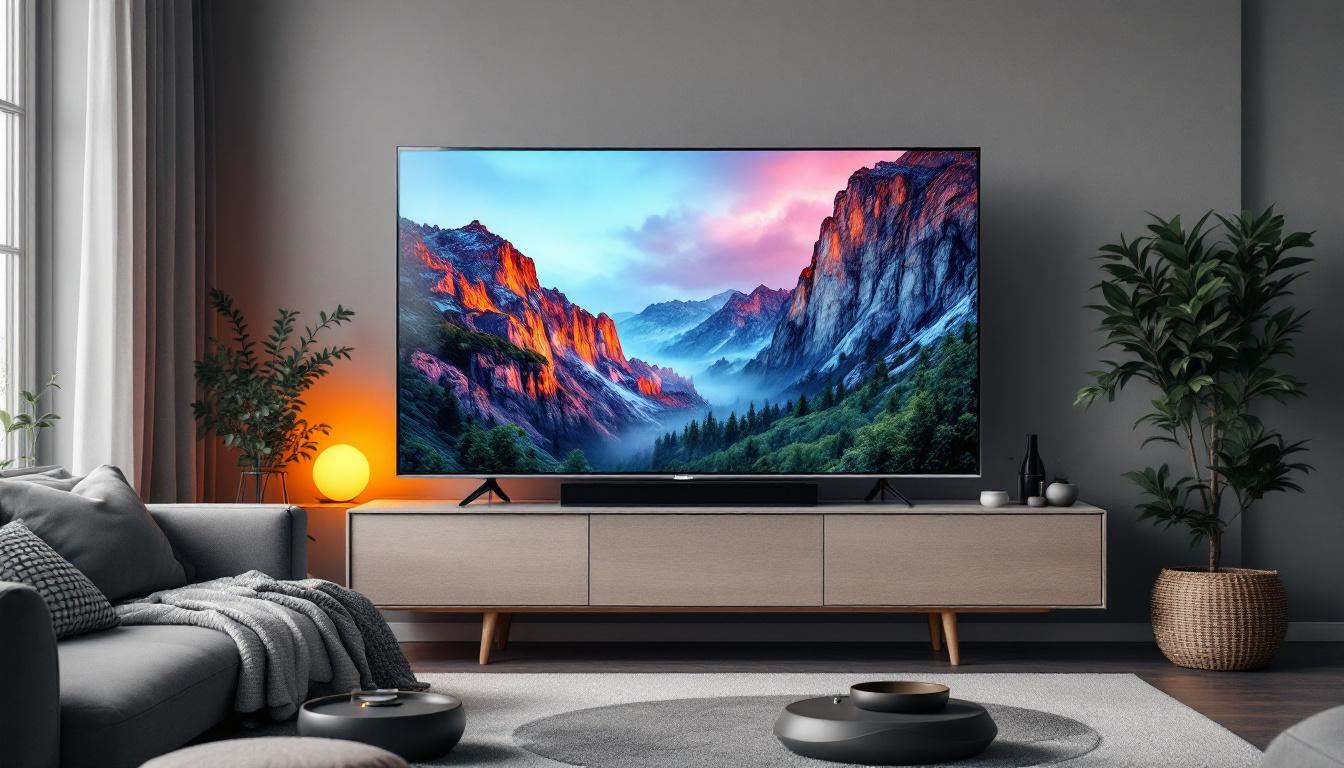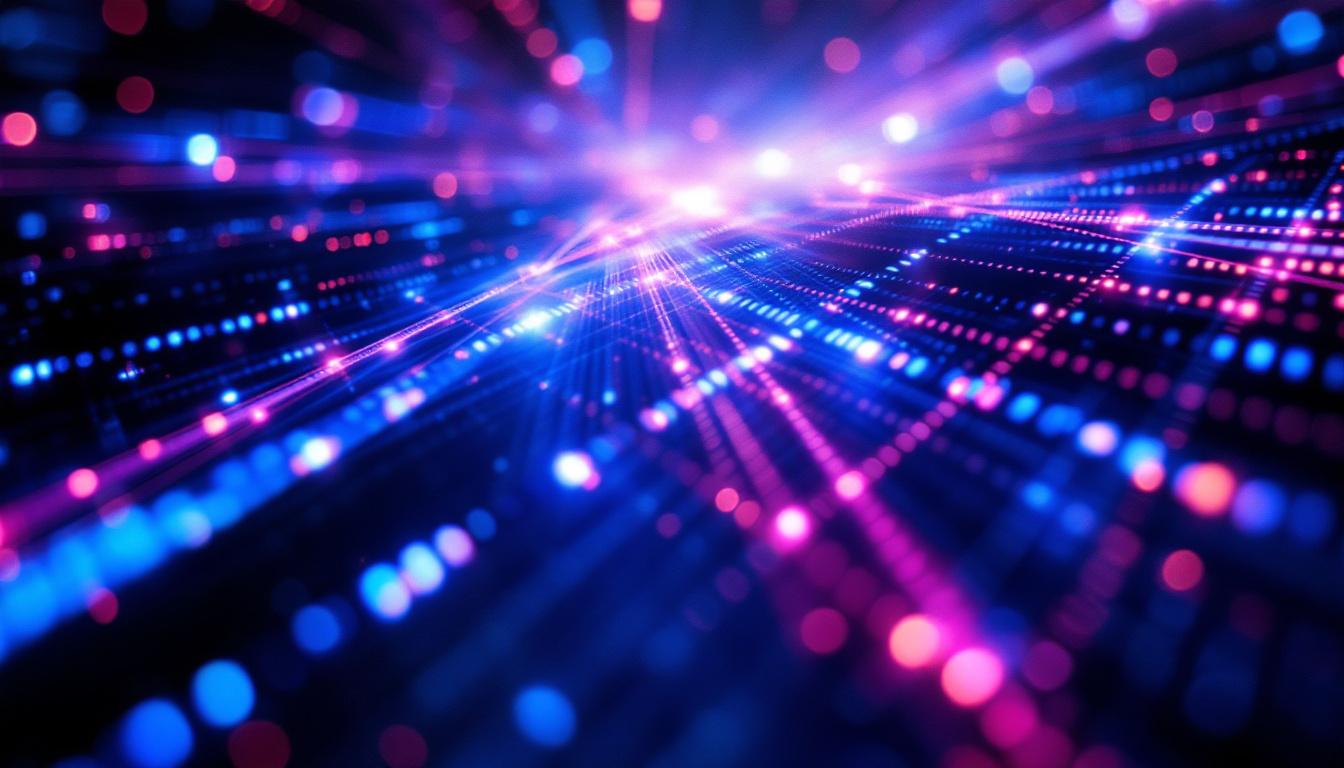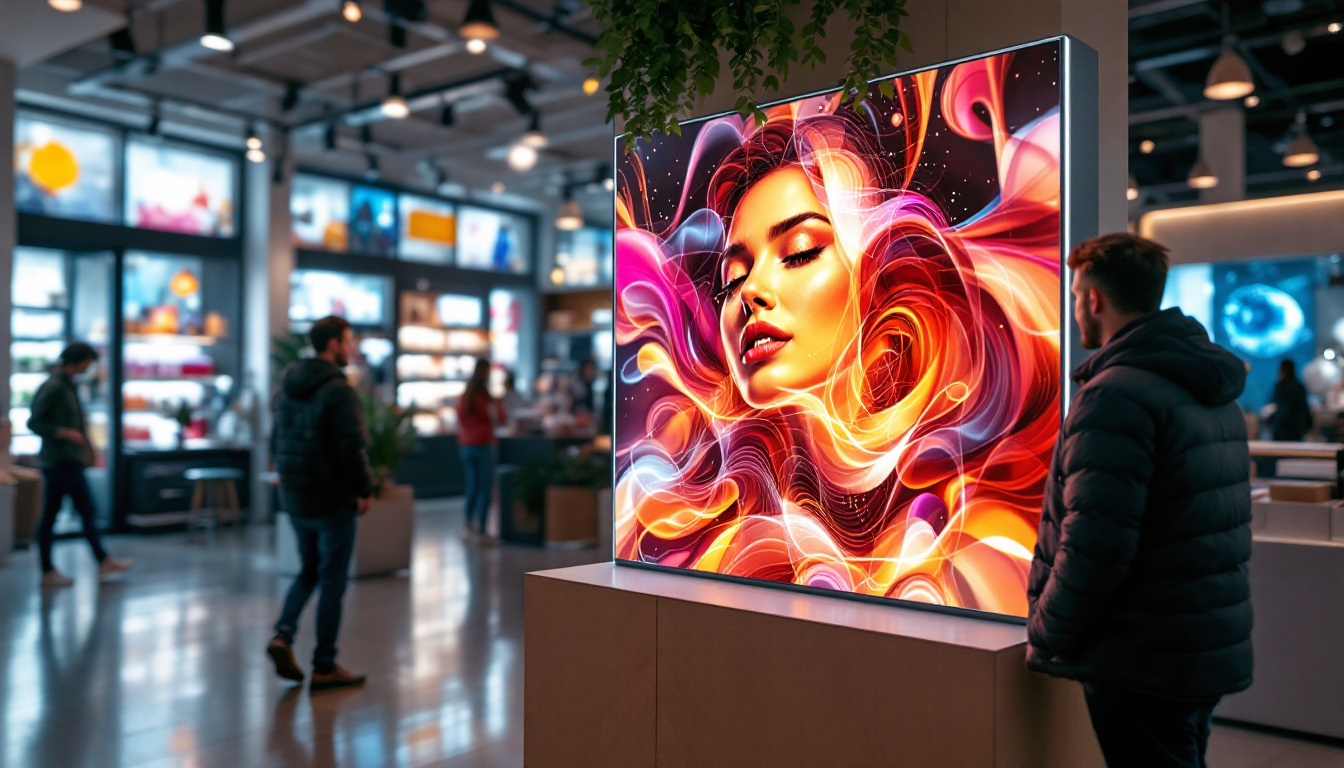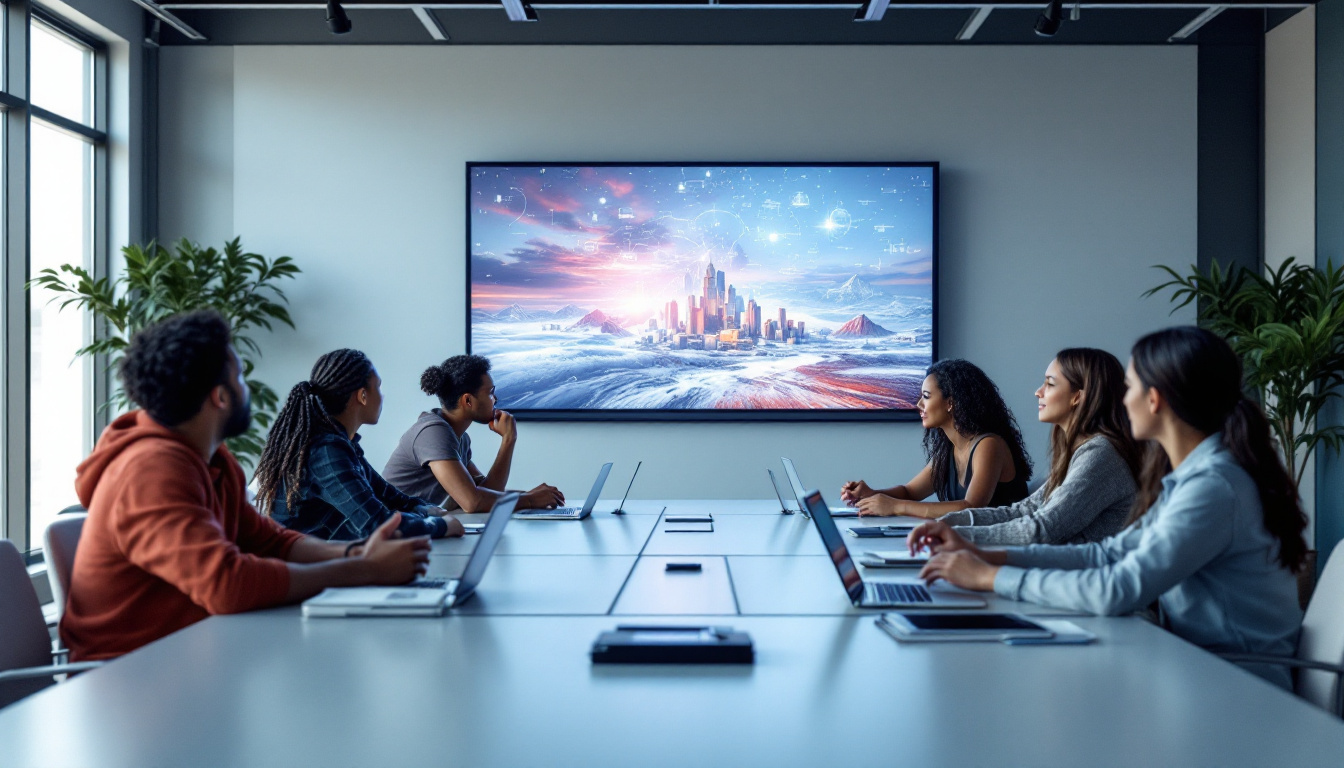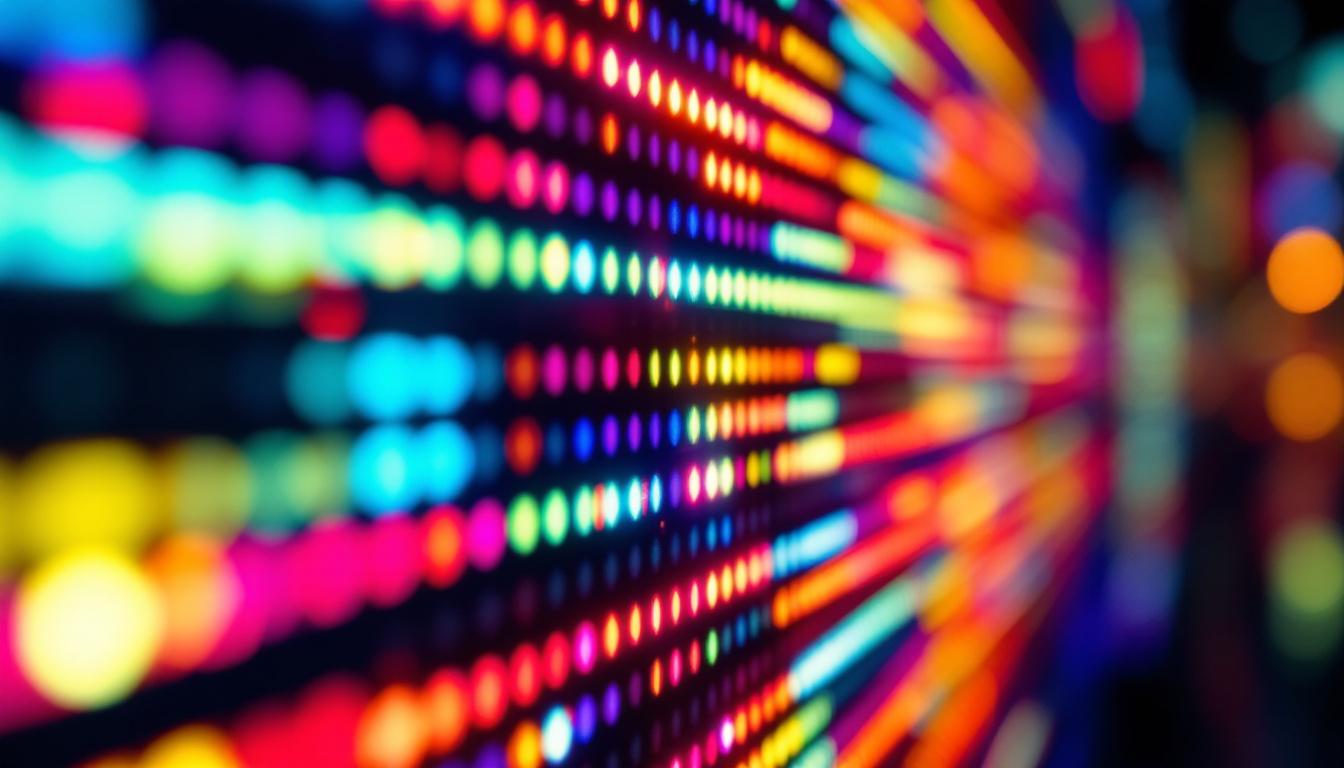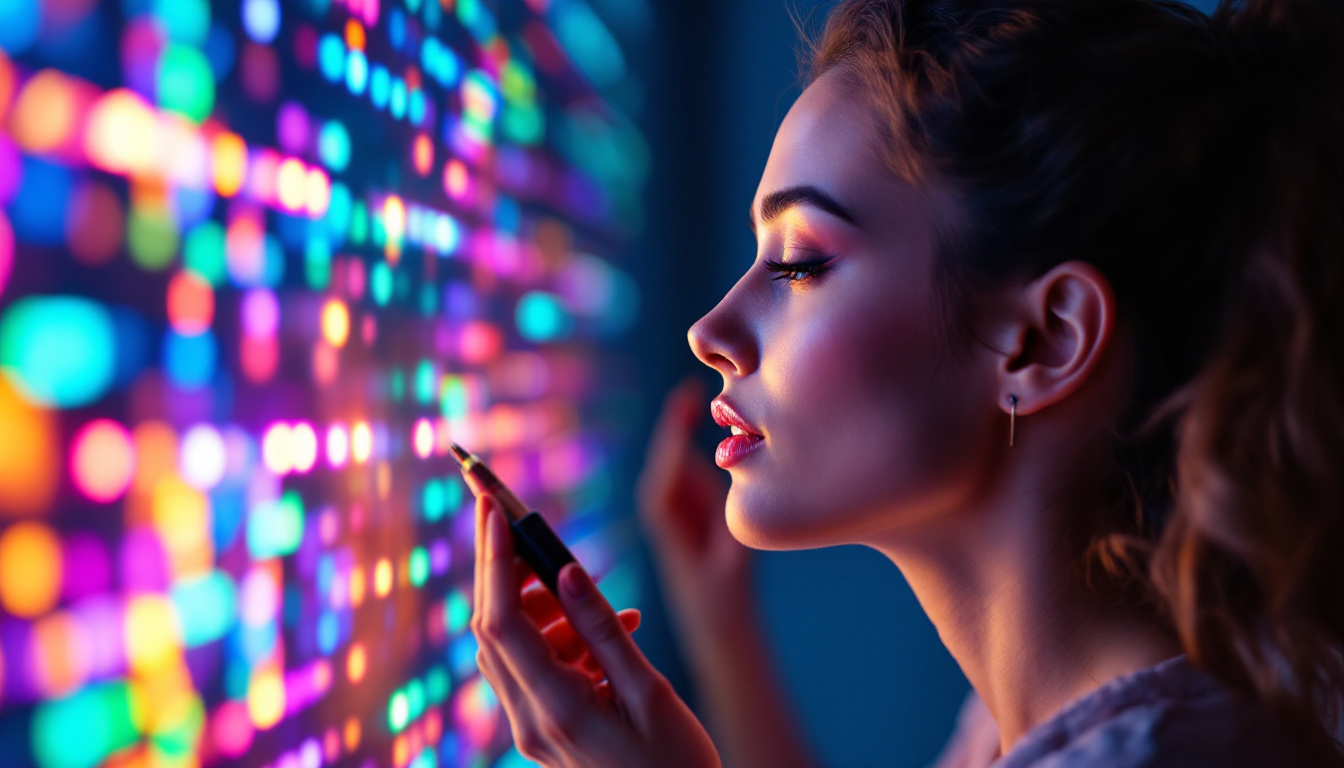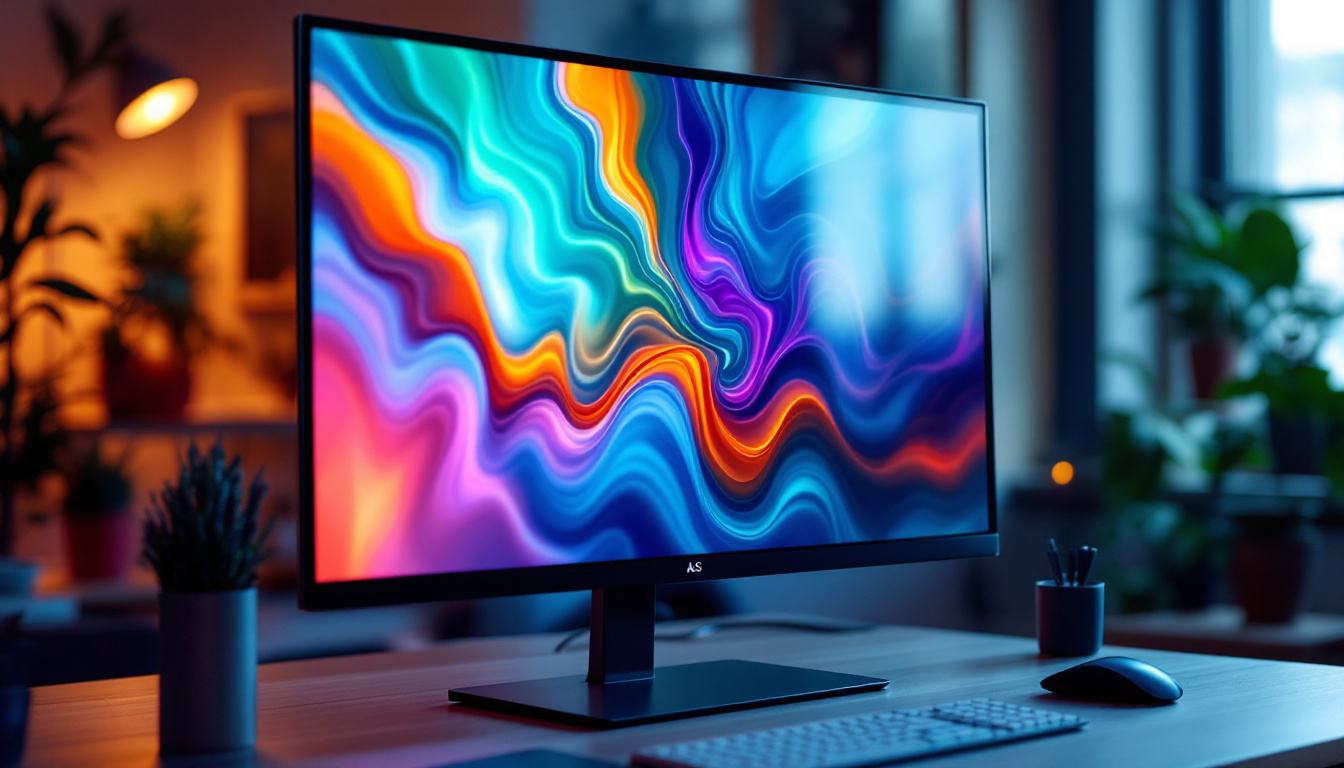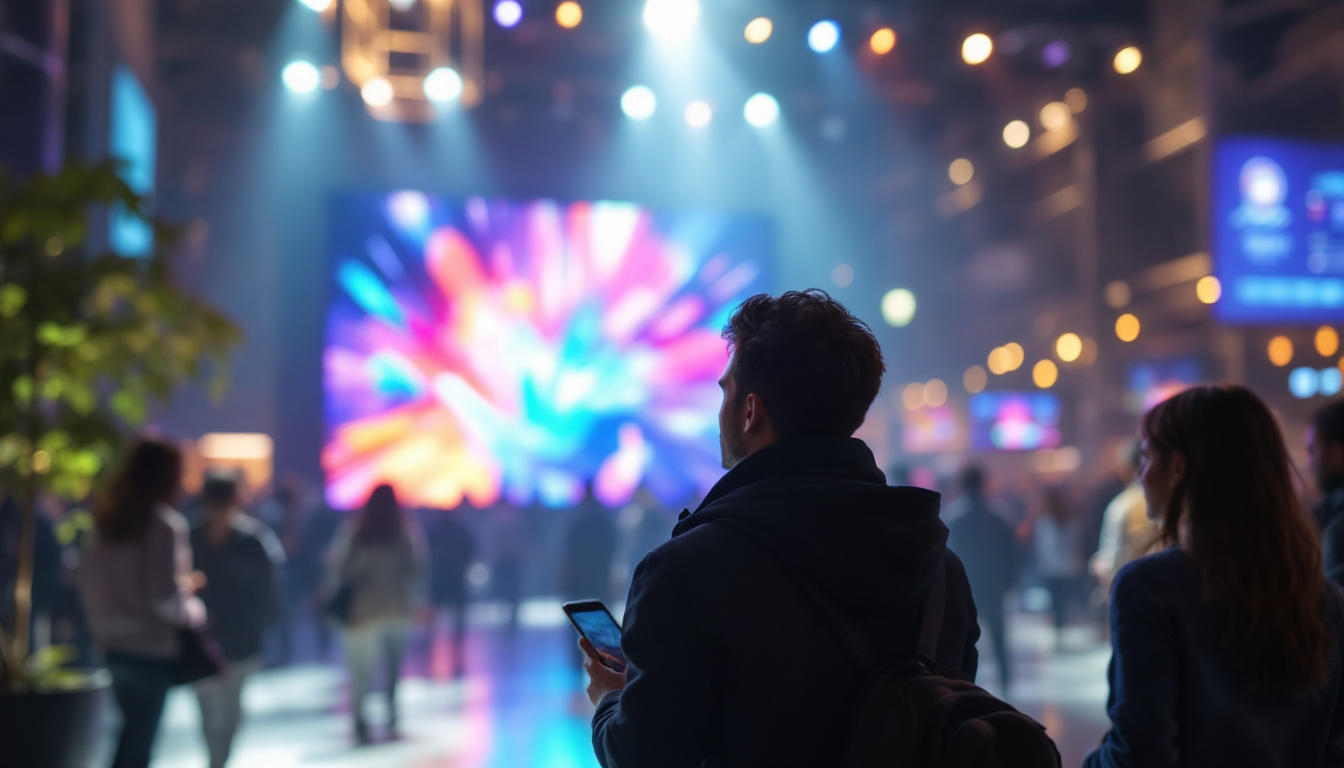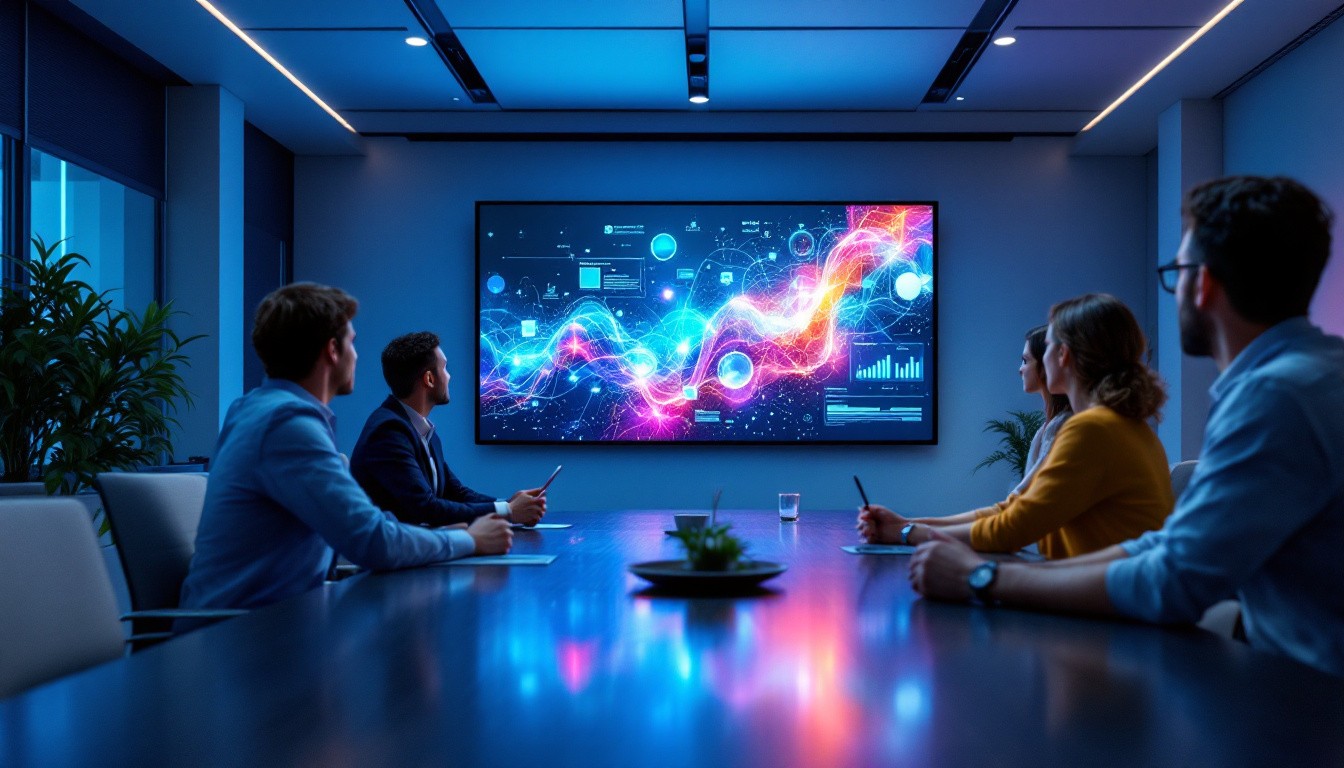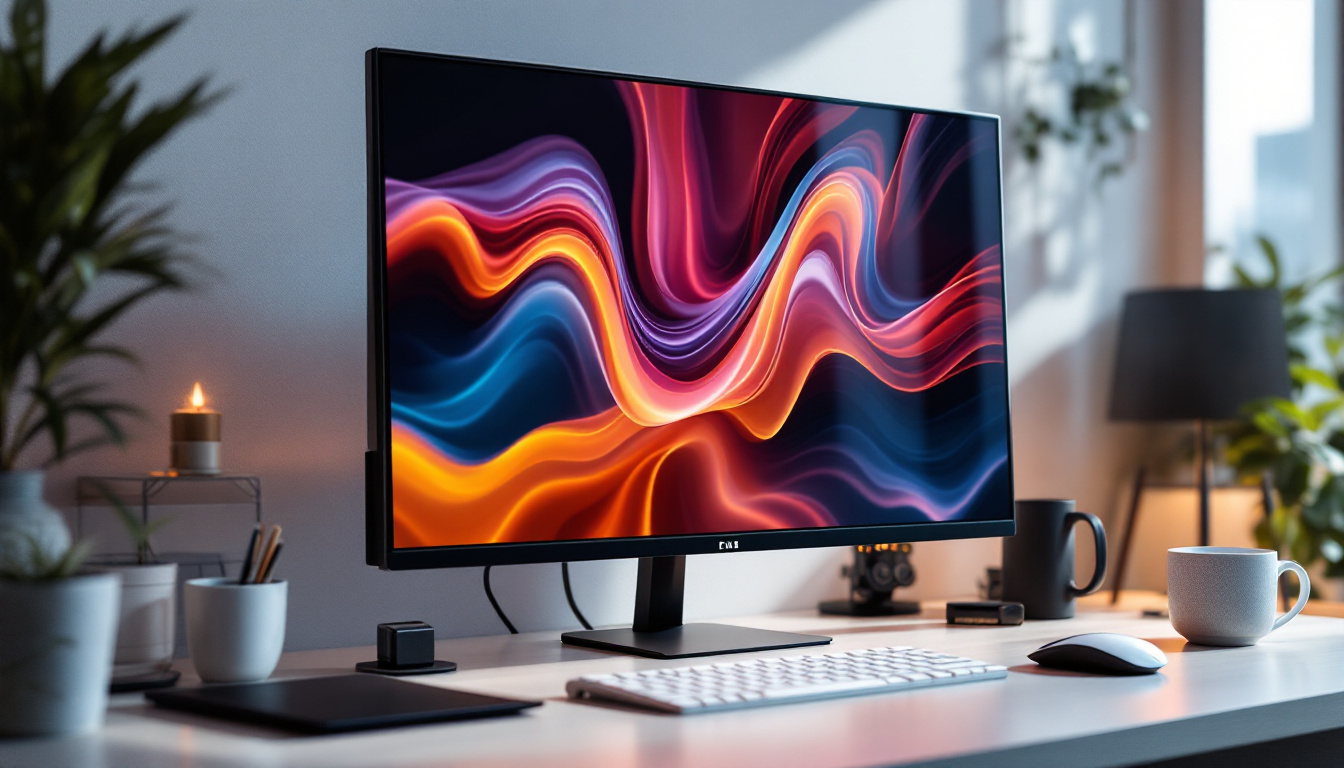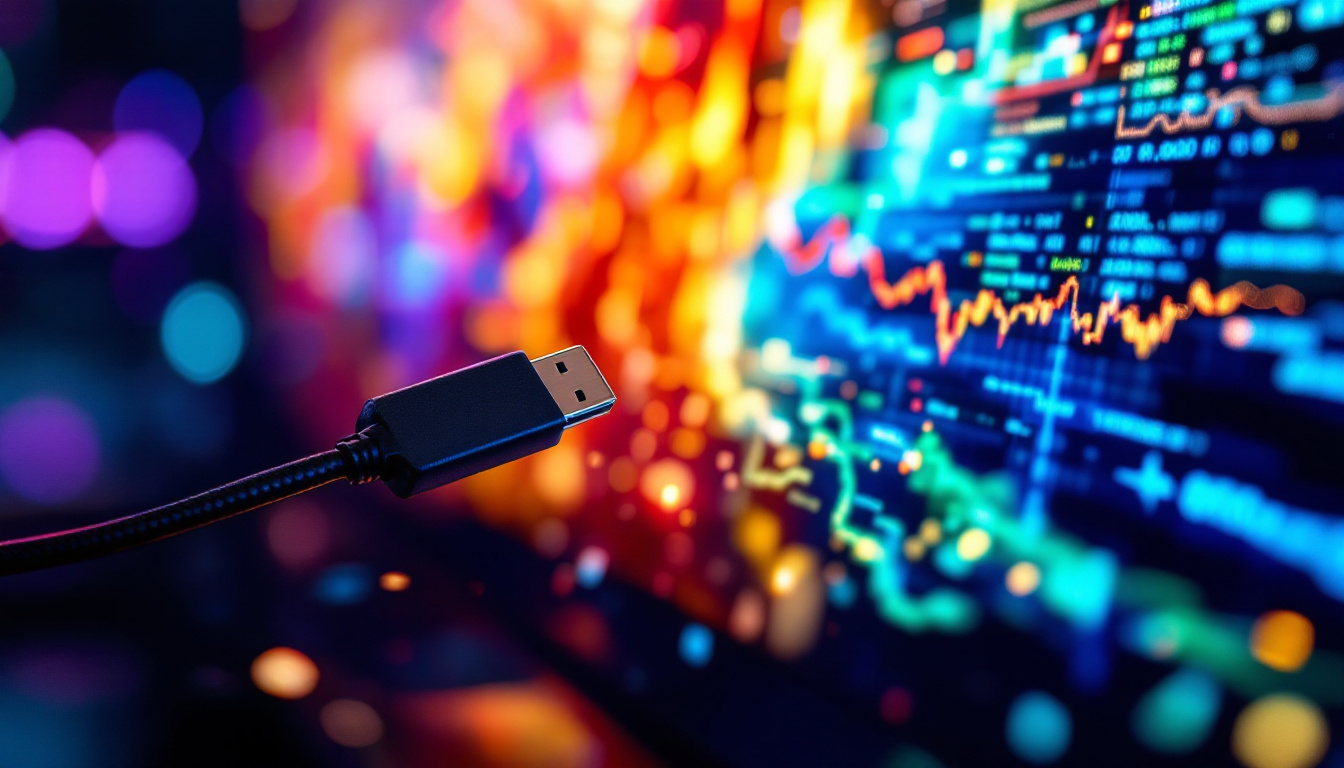In the modern world, LED displays have become an integral part of our daily lives. From the screens of our smartphones to the large billboards that illuminate city streets, LED technology has revolutionized the way information is presented and consumed. This article aims to delve into the intricacies of LED displays, exploring their technology, applications, and the advantages they offer over traditional display methods.
Understanding LED Technology
LED, which stands for Light Emitting Diode, is a semiconductor device that emits light when an electric current passes through it. The technology behind LEDs has evolved significantly since its inception, leading to a wide range of applications in various fields. From lighting solutions to intricate display systems, the versatility of LED technology has transformed how we interact with light in our daily lives.
How LEDs Work
At the core of an LED is a chip made from a combination of materials, typically gallium, arsenide, or phosphor. When electricity flows through the chip, electrons recombine with holes, releasing energy in the form of photons, which produce visible light. This process is known as electroluminescence. The efficiency of this process is remarkable; LEDs convert a significant portion of electrical energy into light, making them far more energy-efficient compared to traditional incandescent bulbs.
The color of the emitted light depends on the materials used in the semiconductor. By adjusting the composition of the materials, manufacturers can create LEDs that emit different colors, making them versatile for various applications. Additionally, advancements in technology have led to the development of white LEDs, which are created by combining different colored LEDs or by using phosphor coatings to convert blue light into white light. This innovation has paved the way for widespread use in residential and commercial lighting, significantly reducing energy consumption and costs.
Types of LED Displays
LED displays come in several types, each designed for specific uses. The most common types include:
- Direct View LED Displays: These displays consist of individual LED modules that create images directly. They are often used for large outdoor billboards and advertising screens, where brightness and visibility are crucial. Their ability to produce vibrant colors and high contrast makes them a popular choice for events and concerts, capturing the attention of passersby with dynamic visuals.
- LED Backlit Displays: These displays use LEDs to illuminate an LCD panel from behind. They are commonly found in televisions and computer monitors, providing enhanced brightness and energy efficiency compared to traditional fluorescent backlighting. The thinner profile of LED backlit displays has also allowed for sleeker designs in modern electronics, contributing to the aesthetic appeal of devices.
- Organic LED (OLED) Displays: OLED technology utilizes organic compounds to emit light. These displays offer superior color accuracy and contrast ratios, making them popular in high-end televisions and smartphones. The flexibility of OLED technology also enables the creation of curved and foldable screens, opening up new possibilities for innovative device designs.
Furthermore, the rise of MicroLED technology is set to revolutionize the display market. MicroLEDs are tiny, self-emissive LEDs that promise to deliver even greater brightness, energy efficiency, and color performance than their predecessors. With the potential for modular displays, users could create custom screen sizes and shapes, tailoring their viewing experience to their specific needs. As research continues to advance in this field, the future of LED technology appears brighter than ever, with endless possibilities on the horizon.
Applications of LED Displays
The versatility of LED technology has led to its adoption across various sectors. Here are some of the most common applications:
Advertising and Marketing
One of the most prominent uses of LED displays is in advertising. digital billboards and signage can capture attention more effectively than traditional posters due to their bright colors and dynamic content. Advertisers can change messages in real-time, allowing for targeted marketing strategies that can adapt to different audiences and times of day.
Moreover, LED displays can be programmed to display videos, animations, and interactive content, further enhancing viewer engagement. This flexibility has made them a preferred choice for businesses looking to make a significant impact. In addition, the ability to integrate social media feeds into LED displays allows brands to create a two-way communication channel with consumers, fostering a sense of community and interaction that static advertisements simply cannot achieve.
Entertainment and Events
In the entertainment industry, LED displays are widely used in concerts, festivals, and sporting events. Large screens provide audiences with a better view of performances, ensuring that even those seated far from the stage can enjoy the show. Additionally, LED walls can create immersive experiences by displaying synchronized visuals that complement live performances.
Furthermore, LED technology is essential in the production of movies and television shows. Green screens and LED walls are increasingly used in filming to create realistic backgrounds and environments, enhancing the overall visual quality. This innovation not only streamlines the production process but also allows filmmakers to experiment with creative visual storytelling techniques, making it easier to transport audiences to fantastical worlds without the need for extensive post-production work.
Transportation and Public Information
LED displays play a crucial role in transportation systems, providing real-time information to passengers. Train and bus stations often utilize LED screens to display arrival and departure times, service updates, and other essential information. This not only improves the efficiency of public transport but also enhances the passenger experience.
Additionally, LED displays are used in traffic management systems to convey important messages to drivers, such as speed limits, road conditions, and detours. These displays contribute to safer and more efficient roadways. Beyond just traffic updates, LED technology is also being integrated into smart city initiatives, where data from various sources can be displayed on these screens to inform citizens about weather conditions, emergency alerts, and local events, thus fostering a more connected and informed community.
Advantages of LED Displays
LED displays offer numerous advantages over traditional display technologies, making them a popular choice in various applications. Here are some key benefits:
Energy Efficiency
One of the most significant advantages of LED displays is their energy efficiency. Compared to traditional incandescent or fluorescent displays, LEDs consume considerably less power, resulting in lower energy bills and a reduced carbon footprint. This efficiency is particularly beneficial for businesses that operate large-scale displays, such as billboards or outdoor advertising.
Longevity and Durability
LED displays have a longer lifespan than traditional display technologies. While an LCD screen may last around 30,000 hours, LED displays can last up to 100,000 hours or more. This longevity translates to lower maintenance costs and fewer replacements over time.
Moreover, LED displays are more durable and resistant to environmental factors. They can withstand harsh weather conditions, making them ideal for outdoor use. This durability ensures that businesses can rely on their displays for extended periods without significant degradation in performance.
High-Quality Visuals
LED displays offer superior image quality, with vibrant colors and high contrast ratios. This quality is particularly important for applications that require precise color representation, such as graphic design or photography. Additionally, LED displays can achieve high brightness levels, ensuring visibility even in direct sunlight.
Furthermore, advancements in technology have led to the development of high-resolution LED displays, allowing for detailed images and videos that enhance the viewer experience. This capability is essential for applications in entertainment, advertising, and information dissemination.
Challenges and Considerations
While LED displays offer numerous advantages, there are also challenges and considerations that businesses and consumers should keep in mind when adopting this technology.
Initial Costs
The initial investment for LED displays can be higher than traditional display technologies. Although the long-term savings in energy and maintenance costs can offset this initial expense, businesses must be prepared for the upfront costs associated with purchasing and installing LED displays.
Heat Management
LED displays generate heat during operation, which can affect their performance and longevity if not properly managed. It is essential to implement adequate cooling systems to ensure that the displays operate within safe temperature ranges. This consideration is particularly important for large-scale displays that may generate significant heat.
Content Management
Creating and managing content for LED displays can be a complex task. Businesses must invest in software and training to ensure that their displays are used effectively. Additionally, the need for fresh and engaging content is crucial to maintain viewer interest, requiring ongoing efforts to keep displays updated.
The Future of LED Displays
The future of LED displays looks promising, with ongoing advancements in technology and applications. Innovations such as flexible LED displays, transparent screens, and improved color accuracy are paving the way for new possibilities in display technology.
Flexible and Transparent Displays
Flexible LED displays are gaining traction in various industries, allowing for creative applications in architecture, fashion, and automotive design. These displays can be curved or shaped to fit unique designs, providing new opportunities for branding and advertising.
Transparent LED displays are also emerging as a trend, enabling businesses to create eye-catching displays without obstructing views. These displays can be integrated into windows or glass surfaces, offering a modern and innovative way to showcase products or information.
Integration with Smart Technology
The integration of LED displays with smart technology is another exciting development. With the rise of the Internet of Things (IoT), LED displays can be connected to various devices, allowing for real-time data updates and interactive content. This connectivity enhances the user experience and opens new avenues for engagement.
Conclusion
LED displays have transformed the way information is presented and consumed across various sectors. Their energy efficiency, longevity, and high-quality visuals make them a preferred choice for advertising, entertainment, and public information. While challenges such as initial costs and content management exist, the benefits far outweigh the drawbacks.
As technology continues to evolve, the future of LED displays promises even more innovative applications and features. Businesses and consumers alike can look forward to a world where LED displays play an increasingly vital role in communication, entertainment, and information dissemination.
Discover LumenMatrix’s Innovative LED Display Solutions
Ready to elevate your visual communication with the latest in LED technology? LumenMatrix is at the forefront of LED display innovation, offering a diverse range of solutions tailored to your needs. From Indoor and Outdoor LED Wall Displays to specialized options like Vehicle, Sports, and Floor LED Displays, our products are designed to captivate and engage your audience. Experience the future of digital signage with our Custom, All-in-One, and Transparent LED Displays. Check out LumenMatrix LED Display Solutions today and transform how you share your message with the world.

